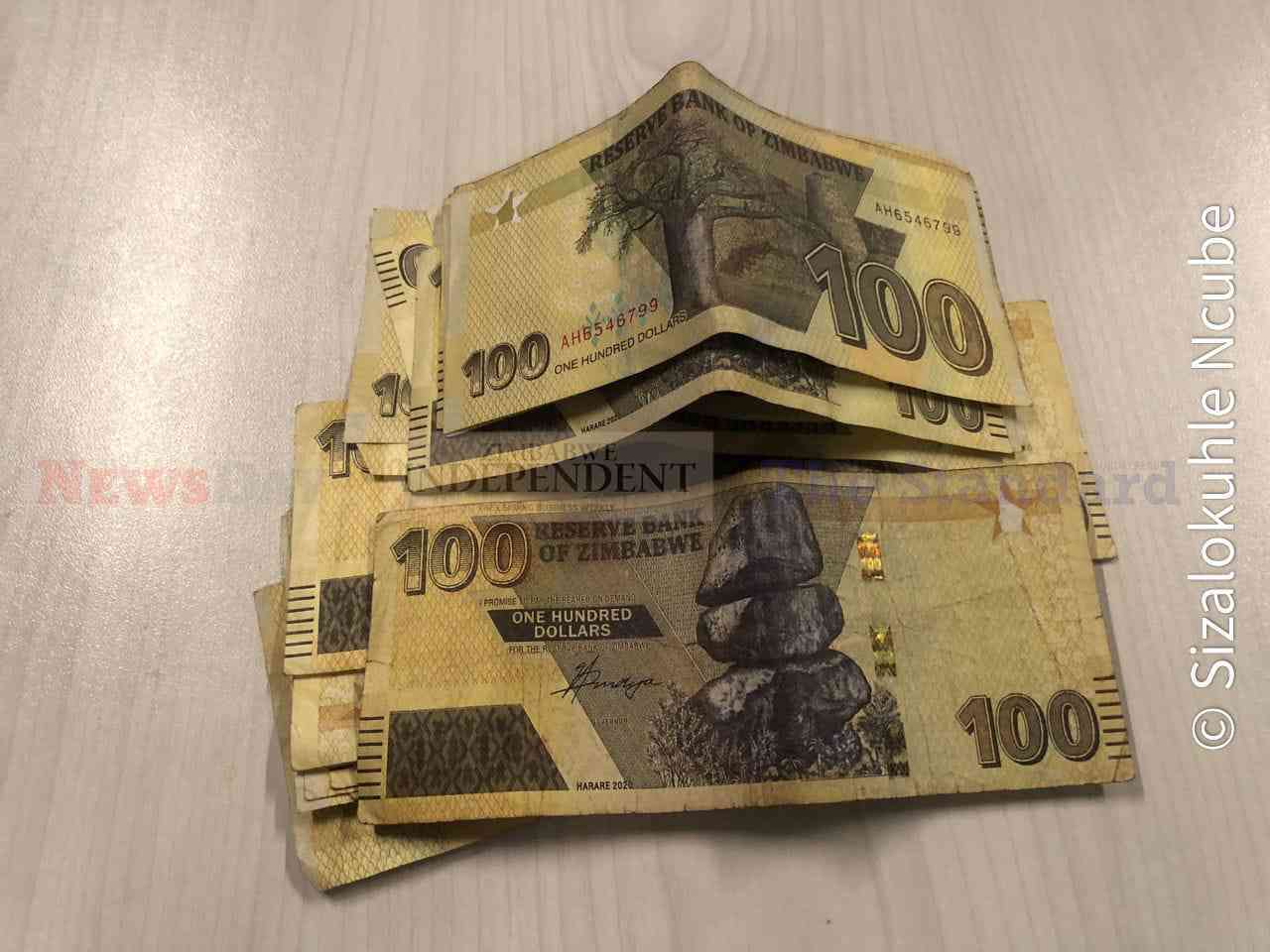
THE local currency, the Zimbabwean dollar, has continued to depreciate against the United States dollar on an unrestrained trajectory, despite various measures implemented by the Reserve Bank of Zimbabwe.
However, the margin of decline has since dwindled to global average. While this has been hailed as “economic stability”, the magnitude of currency devaluation in 2023 has since surpassed 2022 levels, and this has a more negative impact on the business community through exchange losses amidst “currency stability”.
The Zimdollar has shed off -88% against the US dollar since the beginning of the year on the willing-buyer willing-seller market, against a depreciation of -84% in 2022 full year.
On the parallel market, the Zimdollar fell -80% against the US dollar in 2022, and has succumbed to a loss of -87% this year. This indicates that the unit has performed poorly this year already compared to prior year, and is poised to dwindle further.
The worse-off performance of the Zimdollar against prior years is attributed to huge jumps mid-year, which were induced by unprecedented measures from the Treasury and policy changes from the central bank, which were meant to curb inflation and exchange rate loss.
These measures involved liberalising the formal exchange rate, which saw a revaluation with respect to informal market dynamics, hence the huge jumps in the once tightly managed formal exchange rates.
On the upside, these measures saw a slow-down in exchange rate in the proceeding months, which has been interpreted as currency stability as this is relative to previous trends.
In the first quarter of 2023, the Zimdollar averaged -9,3% monthly decline against the US dollar, which expanded to -41,7% a month in the second quarter.
- Chamisa under fire over US$120K donation
- Mavhunga puts DeMbare into Chibuku quarterfinals
- Pension funds bet on Cabora Bassa oilfields
- Councils defy govt fire tender directive
Keep Reading
In the third quarter of the year, the magnitude marginalised to a monthly average of -10%. In the fourth quarter so far, the average monthly decline is a circa -2%, which reflects “currency stability”. Notably, the Zimdollar appreciated against the USD for the first time in over two years in July this year, firming by 27%.
The local unit has also sailed stable in November, 2023, remaining unchanged. On a broader perspective, companies that have fiscal years running from the first quarter of 2023 are susceptible to high accumulated exchange losses this year, while companies with fiscal years beginning the second half of the year are less likely to succumb to macro-challenges relating to exchange distortions.
While the data above indicates the Zimdollar relatively stabilised in the second half of the year, it is key to note that a significant jump of -16% in depreciation was recorded in September. This was attributed to increased Zimdollar liquidity in the economy after payment of contractors, as well as speculative hard-currency hoarding post the highly disputed presidential poll results.
Meanwhile, on the parallel market, the Zimdollar has been highly stable against the US dollar, owing to reduced activity due to tightened liquidity of the Zimdollar, as well as increased access of foreign currency on the formal market at competitive rates. It is, therefore, clear that two fundamentals are imperative to the Zimbabwe currency stability, and these are access to foreign currency for imports and value preservation, and a tight position on money supply.
Since the Zimdollar is not widely recognised in other jurisdictions outside Zimbabwe, it is reckless for the central bank to command the economy through forced Zimdollar savings as a safe haven, as often uttered by the government.
Rather, the unit ought to function as a medium of exchange. This has a ripple effect of setting off demand for both currencies in the multi-currency regime.
This means the Zimdollar will be demanded for transactions locally, while the US dollar will only be asked for on surplus after spend, which counters the detrimental effect of high demand for one currency against zero appetite for the other.
- Duma is a financial analyst and accountant at Equity Axis, a leading media and financial research firm in Zimbabwe. — twdumah@gmail.com or tinashed@equityaxis.com, Twitter: TWDuma_






